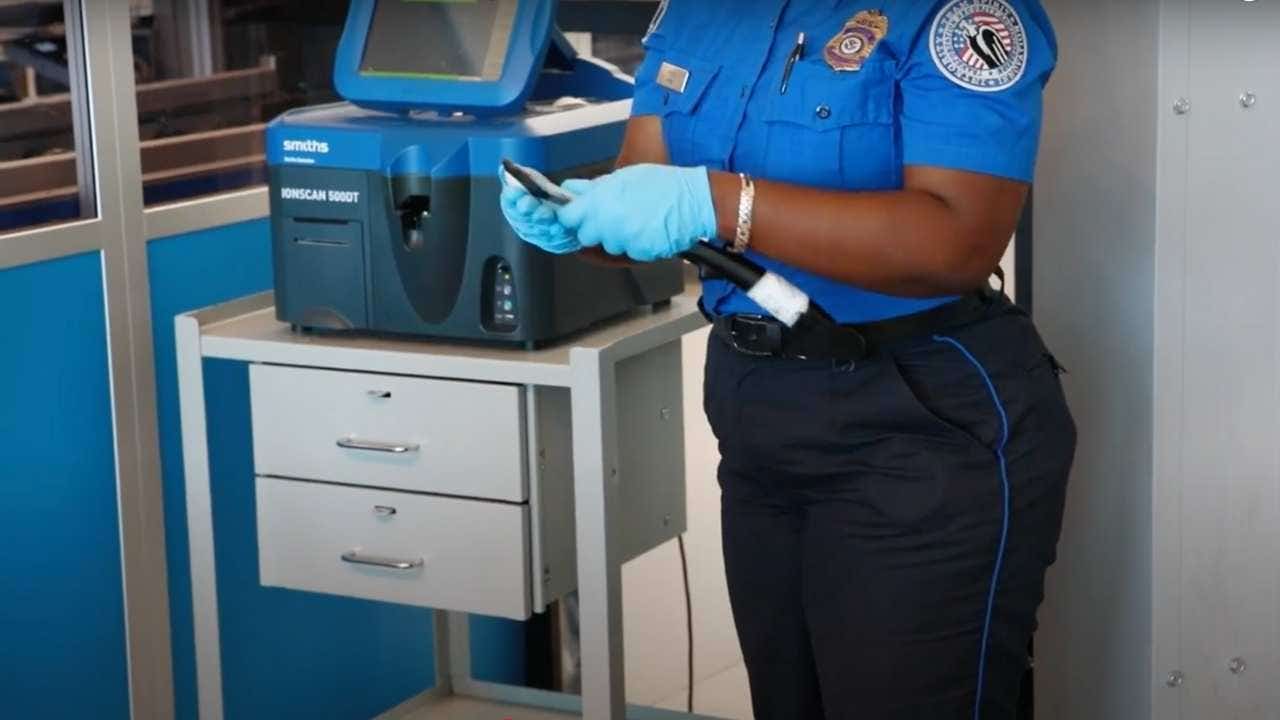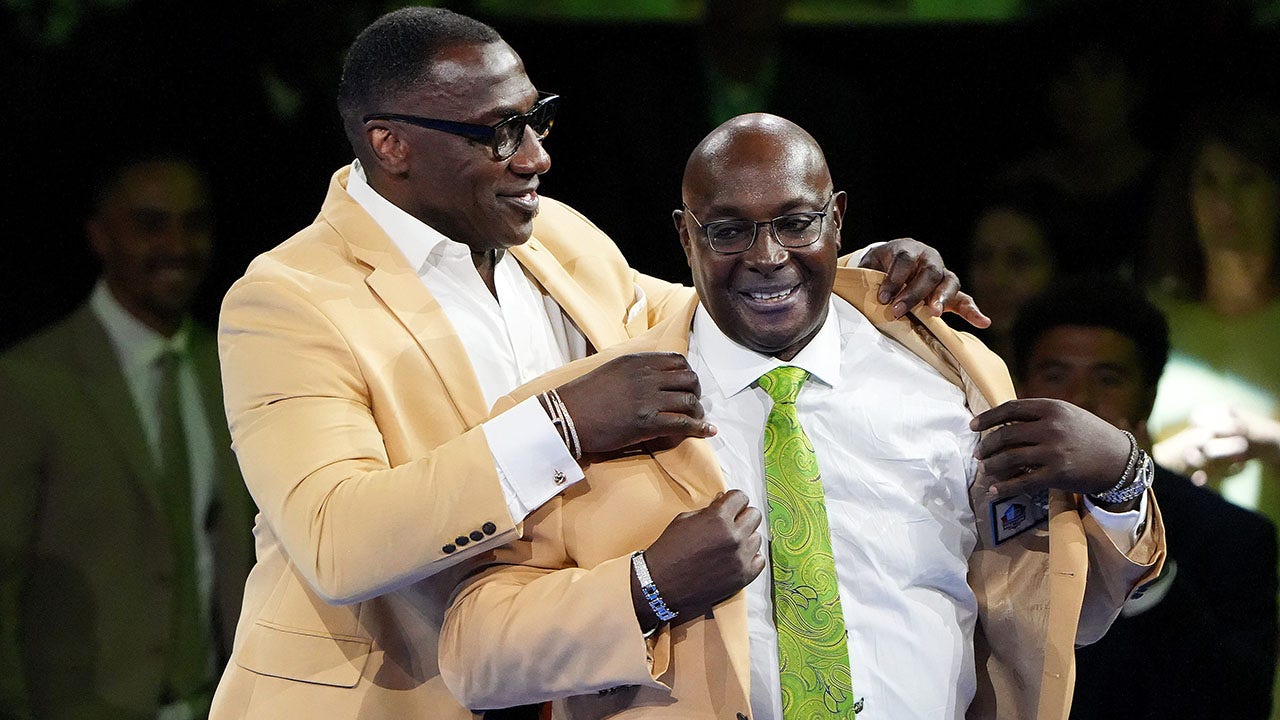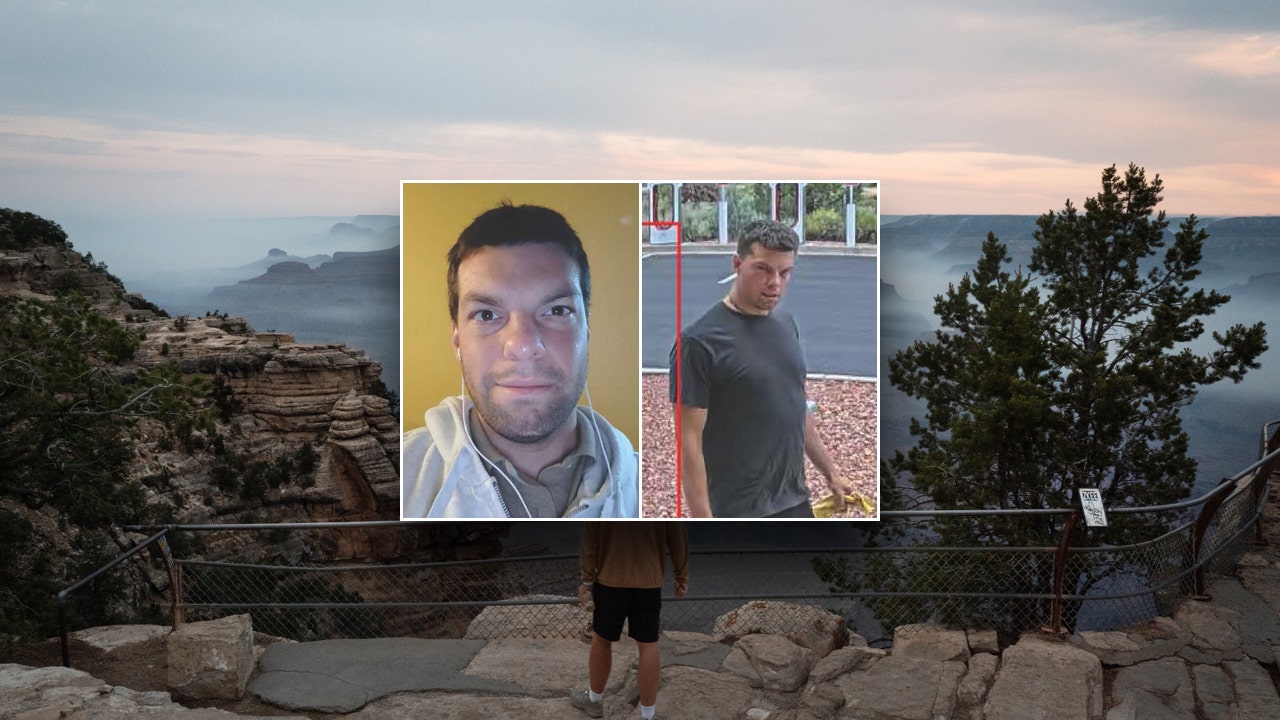REVIEW: ‘The Big Hop: The First Nonstop Flight Across the Atlantic Ocean and Into the Future’ by David Rooney
I am writing this on a Boeing 767 somewhere over the Atlantic on my way to Switzerland, where my wife and I are moving to be close to her family. We are flying at 523 miles per hour at 37,000 feet above sea level. According to my ticket, it will take us 8 hours and 10 minutes to travel the 3,800 miles between JFK and Geneva. We have made this trip a dozen times. My wife hates it. If she had realized how often she would have to fly when I proposed to her 30 years ago, I think she might have turned me down.
It could be worse, I might tell her (but won’t). I am reading David Rooney’s nail-biter of a book about the first nonstop transatlantic flight in June 1919, when John Alcock and Arthur “Ted” Brown flew nearly 2,000 miles from Newfoundland to the west coast of Ireland.
It took them twice as long to go half as far as we are going today. They made the trip in a 43-foot Vimy biplane (with canvas wings) through dense fog, rain, and snow in a cramped open cockpit and used a sextant to navigate when they could see the stars, which wasn’t often. They flew with a broken exhaust pipe for much of the way, which sent flames out the back of one of the engines and risked burning the tension wires that held the plane together. The transmitter had also stopped working an hour into the flight. If one of their two Rolls-Royce Eagles lost power—a common problem on early flights—they would have been unable to message for help. At one point, they pulled out of a spiral dive 50 feet above the ocean. They crash-landed in an Irish bog 16 hours after taking off. When Brown was asked if he would do the flight again, he said: “I wouldn’t do it again for anything on earth.”
Alcock and Brown’s feat has been mostly forgotten compared with other firsts in aviation—Orville Wright’s 12-second flight in 1903, Charles Lindbergh’s first solo transatlantic flight in 1927, or Amelia Earhart’s solo flight across the Atlantic the following year, the first by a woman. It is still, however, one of the most astounding, taking place a mere 16 years after the Wright brothers’ 120-foot flight in Kitty Hawk.
But Rooney’s book is not just an account of Alcock and Brown’s flight. It is an account of the early years of British aviation and the small band of men and women who contributed directly and indirectly to Alcock and Brown’s success.
The first official flight in England was in 1908—completed by the American-born Samuel Cody—but there was far less enthusiasm for flying on the British Isles, at least initially, than there was on the continent. This concerned Alfred Harmsworth, Lord Northcliffe, founder of the Daily Mail and the Daily Mirror, who understood early on that the airplane could be a powerful tool in war. He had been sounding the alarm about Germany’s increasing power—and hostility toward Britain—for years. When Alberto Santos-Dumont made the first flight on European soil in 1906, Harmsworth told his editor: “This news means no more sleeping safely behind those ‘wooden walls of old England’ with the Channel our safety moat.”
In order to “stimulate British airmanship and British aeroplane construction and to make the British public air-minded,” the Daily Mail announced a £10,000 prize (equivalent to £1,000,000 today) for the first flight from London to Manchester. Harmsworth’s Mail offered another prize in 1908 for the first person to cross the English Channel in an airplane. This was completed by the Frenchman Louis Blériot in July 1909. Harmsworth sponsored other prizes and competitions, but in April 1913, he announced his most audacious yet: £10,000 for the first person to cross the Atlantic. “Most people thought such a feat was utterly impossible,” Rooney writes. “Airframes were still slight, fragile affairs, and engines were underpowered and unreliable. The sceptics believed such experimental craft could never manage a flight as lengthy and arduous as the Big Hop.”
Harmsworth’s efforts to encourage interest in flying in England paid off. Hilda Hewlett and Gustav Blondeau set up the first flying school in 1910 at the Brooklands motor circuit in Surrey, even though Hewlett would not earn her pilot’s license until 1911. Their first pupil was Maurice Ducrocq, who founded his own flying school and aviation company shortly afterwards and hired Alcock as a mechanic. Tom Sopwith founded a flying school, also at Brooklands, in 1912 and hired Harry Hawker, who attempted “the Big Hop,” as it was called, with Mac Grieve a few months before Alcock and Brown. Hawker and Grieve crashed in the Atlantic and miraculously survived. These early civilian enthusiasts were all friends and often helped each other even as they competed against each other in various flying competitions leading up to—and including—the transatlantic flight.
War intervened in 1914. Many of the people at Brooklands were involved in the war effort. Pilots flew reconnaissance missions and bombing raids. The British government ordered thousands of planes from Sopwith and Alliott Verdon Roe, who had started Avro aircraft in 1910, which were capable of flying increasingly faster and increasingly longer distances. All of the pilots who later competed against each other to fly across the Atlantic had served in the war. Two of the four planes that were sent to Newfoundland were long-range bombers that had been developed at the war’s end but never used in combat. Alcock and Brown’s Vimy was one. (The other was the Handley Page V/1500.)
Rooney writes that the “transatlantic flight contest offered a welcome distraction” from the war and the 1918 influenza. Alcock and Brown were both knighted and feted across Britain for days afterward, but their accomplishment was quickly forgotten. “Those who took part were modest,” Rooney writes, “and did not seek glory. The public, for their part, realized they were weary of seeing the dangerous consequences of aviation. Families had lost enough young aviators in the war to know that flight could be a world of pain as well as promise. Perhaps the contest didn’t feel so glorious in the end.”
But it was glorious—at least in Rooney’s telling—and a reminder of the incredible speed of technological innovation that marked the first half of the 20th century and the adventurous spirit that once reigned in England and elsewhere.
The Big Hop: The First Nonstop Flight Across the Atlantic Ocean and Into the Future
by David Rooney
W. W. Norton, 337 pp., $29.99
Micah Mattix is the poetry editor at First Things.
Read the full article here








